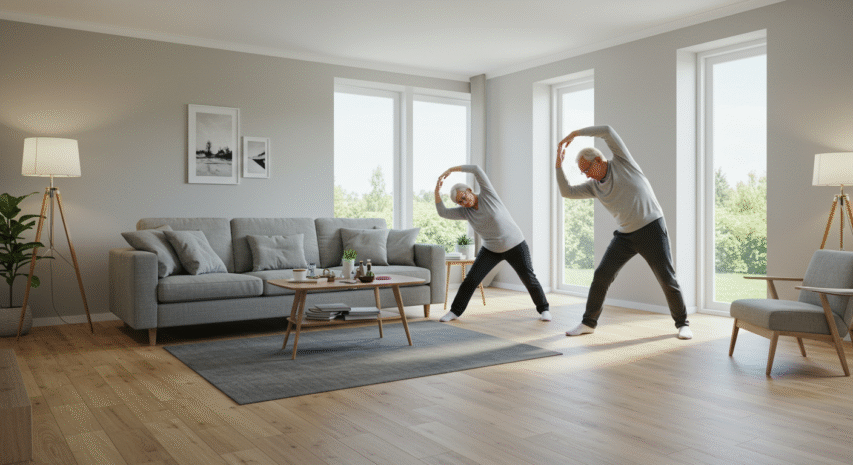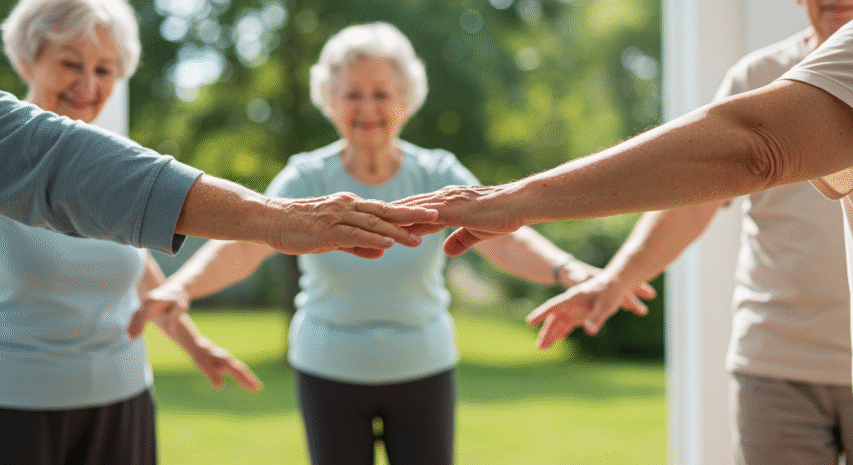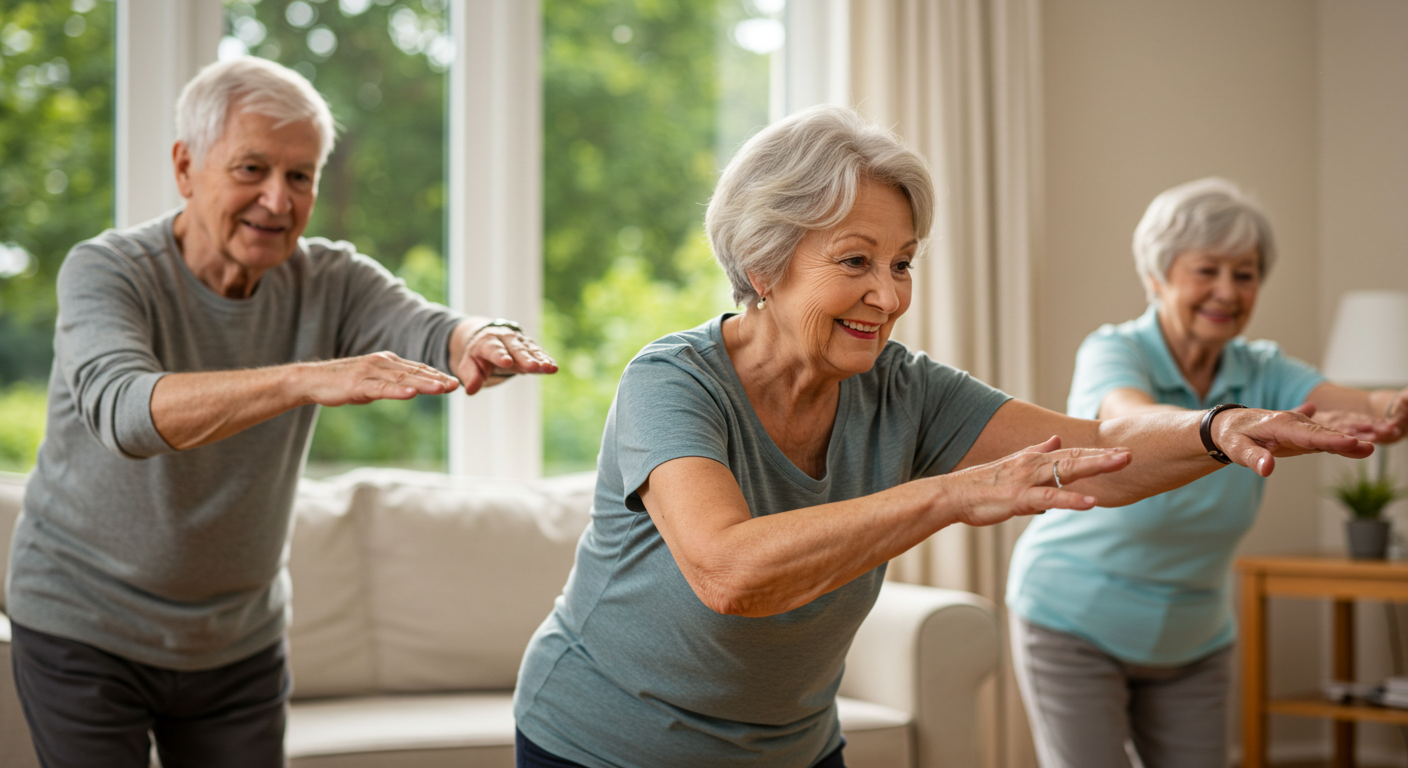Have You Ever Considered the Importance of Fall Prevention for Seniors?
Falls are one of the leading causes of injury among seniors, and the implications can be quite serious. Imagine living independently for years and suddenly, after one fall, everything changes. Rapid transport to the hospital, endless appointments with specialists, the whole nine yards—it’s not just a physical setback but an emotional one too.
And while you might think, “Oh, it won’t happen to me,” the statistics paint a different picture. According to the CDC, one out of four older adults will fall each year in the United States, but less than half will discuss this with their healthcare providers.
Digging deeper into why these accidents happen and how they can be prevented is crucial not only for individuals but for families who want to keep their loved ones safe and healthy.
Understanding the Basics: Why Do Falls Occur?
To get to the root of the problem, we need to understand why falls occur in the first place. Age brings with it several physiological changes, from decreased muscle strength and coordination to balance issues and slower reflexes.
Combine these with environmental hazards like uneven surfaces, wet floors, or poor lighting, and the risk multiplies. Medications can also play a role, with side effects such as dizziness or drowsiness increasing the likelihood of a fall.
Let’s simplify the key contributors to falls in seniors through a table, so it’s easier to digest:
| Factor | Description | Fall Risk Level |
|---|---|---|
| Muscle Weakness | Reduced muscle strength impacts balance and coordination | High |
| Vision Problems | Diminished eyesight hampers depth perception | Medium |
| Medication Side Effects | Drowsiness and dizziness affecting stability | High |
| Environmental Hazards | Uneven floors, poor lighting, etc. | Variable |
| Balance Disorders | Conditions like vertigo can affect orientation | High |
Understanding these factors not only helps in prevention but empowers seniors to take control of their environments and lifestyles.
Creating a Safe Home Environment

One of the most proactive steps in fall prevention is cultivating a safer home environment. This means assessing living spaces for potential hazards and making necessary adjustments.
Consider this: could a simple rearrangement of furniture make a significant difference? Or would installing grab bars in the bathroom provide extra leverage to avoid slips?
1- Clear out clutter: Keeping walkways and living areas free from unnecessary items prevents troubling tripping hazards.
2- Install adequate lighting: Poorly lit spaces are a recipe for falls, so ensuring corridors and staircases are well-lit can make a big difference.
3- Use non-slip mats: In areas prone to getting wet like bathrooms and kitchens, non-slip mats can prevent unfortunate accidents.
4- Rearrange often-used items: Placing them within easy reach limits the need for climbing or stretching, both of which could lead to a fall.
The key is regular reassessment; as needs change, the home environment should evolve to accommodate those needs.
“The secret to getting ahead is getting started.” – Mark Twain
Physical Fitness: Strengthening and Balancing Act
You might be surprised at how regular physical activity can ward off falls. It’s not about transforming seniors into marathon runners but emphasizing simple, effective exercises that build strength, improve balance, and enhance flexibility.
Picture Tai Chi, a gentle yet powerful workout that is particularly effective in improving balance and coordination. Or how about water aerobics?
The buoyancy offered by water reduces the risk of injury while providing resistance for muscle strengthening. Personalized exercise plans should be based on individual capabilities and health conditions but incorporating elements that focus on strength and balance is a must.
You can also find several professionals online who teach exercises and techniques to improve balance, watch the following video:
The Role of Medical Interventions and Technologies
In a world where technology is advancing at breakneck speeds, it should come as no surprise that it plays a pivotal role in fall prevention. From medical devices that offer real-time health monitoring to wearables that alert in case of a fall, embracing technology can offer a layer of protection for seniors.
But let’s not overlook traditional medical interventions like regular health screenings, vision and hearing tests, and medication reviews, as they are just as vital.
These interventions can help in identifying and addressing underlying issues that might contribute to falls.
Community Programs and Support Systems
We’re not alone in this endeavor. Many communities offer programs designed specifically to keep seniors safe and healthy. How about a local senior center offering balance classes or fall prevention workshops?
These gatherings are not just educational; they’re social opportunities, providing a platform for older adults to share experiences and learn from each other.
Moreover, social support from family, friends, and caregivers serves as a backbone, offering encouragement and assistance in maintaining a safe lifestyle.
The Emotional Toll of Falls and Coping Strategies
Falls don’t just impact physical health; their repercussions echo across mental and emotional domains. Imagine the fear and anxiety that can bubble up, potentially resulting in a loss of independence.
But it’s not all bleak. Coping strategies, such as therapeutic interventions, counseling, and community support, can go a long way in rebuilding confidence and restoring peace of mind.
Cognitive-behavioral strategies can help seniors confront and manage fear, encouraging them to stay active and engaged rather than withdrawn and hesitant.
Financial Implications of Falls
It’s worth noting that falls come with a price tag. From emergency services and hospital stays to potential long-term care needs and rehabilitation, the financial burden can be steep.
Calculating the cost isn’t straightforward but considering health insurance options, government assistance programs, and personal savings is crucial in planning for unforeseen circumstances.
Financial planning not only alleviates worry but ensures that proper care can be sought when needed.
Conclusion
Falls are not simply an inevitable part of aging but an issue that can be navigated with thoughtfulness and proactive measures.
By understanding the factors that contribute to falls and utilizing a mix of physical conditioning, home safety modifications, medical interventions, and community support, seniors can forge a path toward independence and safety.
Prevention is not just a strategy; it’s a commitment to a safer, more fulfilling life. Remember, the best time to start fall prevention was yesterday, the next best time is now.

FAQ – Common Concerns
What are common causes of falls in seniors?
Falls in seniors are often due to a combination of factors including muscle weakness, poor vision, slippery floors, and medication side effects that cause dizziness.
How often should a senior’s home be checked for fall hazards?
Homes should be assessed for potential hazards regularly, at least every six months, or after any significant changes in health or mobility.
Are there exercises that can help prevent falls?
Yes, exercises like Tai Chi, walking, and water aerobics can strengthen muscles and improve balance, reducing fall risk.
What are some medical devices useful for preventing falls?
Medical alert devices, fall detection wearables, and devices for monitoring health conditions can be quite effective.
Is falling inevitable as I age?
While aging can increase the risk, proactive steps like maintaining fitness, regular health checks, and creating a safe living environment can dramatically reduce the chances of falling.
Can fear of falling itself increase the risk of a fall?
Yes, anxiety and reduced confidence can lead to decreased mobility and physical activity, which might increase the risk of a fall.


Very good info